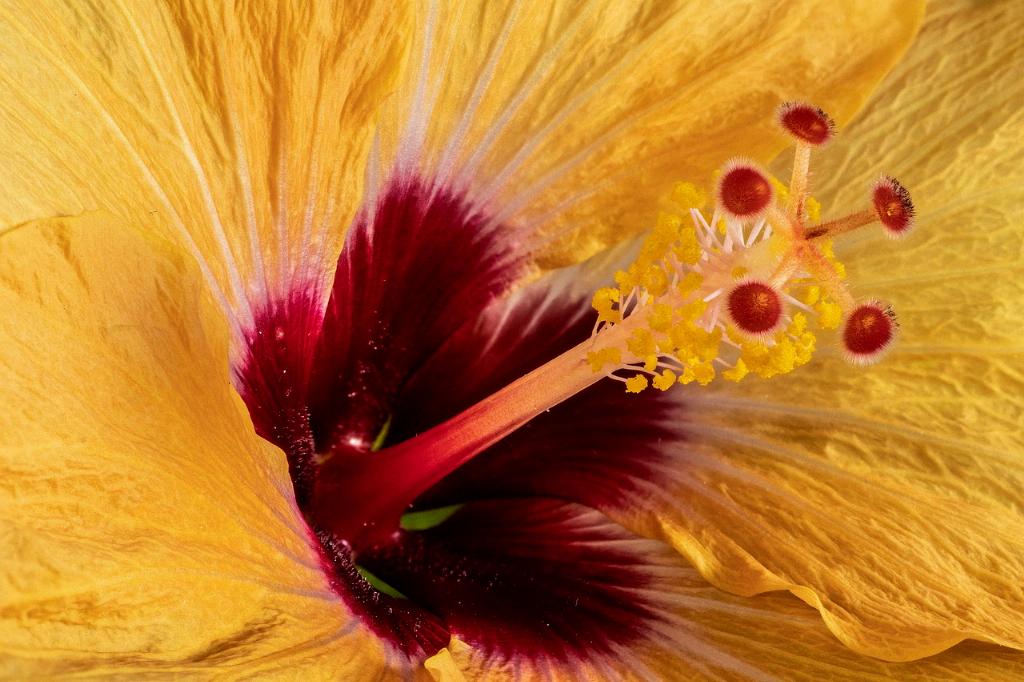When it comes to watering hibiscus plants, there are some key factors to consider in order to ensure their optimal growth and health. Hibiscus plants need a consistent watering schedule to thrive, especially during the crucial first few weeks after planting. After the initial planting period, the watering frequency can be adjusted based on the plant’s specific needs and growth stage.
For newly planted hibiscus, it is essential to water them thoroughly every couple of days to help establish their root system and promote healthy growth. This frequent watering routine is crucial for ensuring that the plant receives an adequate amount of moisture to support its initial development.
As the perennial hibiscus plants transition into their first growing season, the watering frequency can be adjusted to twice weekly. This increased watering schedule helps to provide the plant with the necessary hydration to support its continued growth and development during this critical stage.
Once the hibiscus plants enter their second growing season and beyond, the watering frequency can be further reduced to once per week. However, it is essential to monitor the plant’s moisture needs closely and adjust the watering schedule as needed, particularly during periods of extended dryness or high temperatures.
While a weekly watering routine is generally sufficient for mature hibiscus plants, it is crucial to pay attention to environmental factors such as rainfall. If the plant receives significant rainfall or experiences several days of rainy weather, it may not require additional watering during that time.
Over-watering can be detrimental to hibiscus plants, as excessive moisture can lead to root rot and other issues that can hinder the plant’s overall health and growth. It is important to strike a balance between providing adequate hydration and avoiding waterlogging the soil around the plant.
One effective way to monitor the moisture levels of hibiscus plants is to check the soil regularly. By inserting a finger into the soil a few inches deep, you can gauge the moisture content and determine if watering is necessary. Dry soil is a clear indicator that the plant requires watering, while overly wet soil may signal excess moisture.
When watering hibiscus plants, it is essential to water at the base of the plant to deliver moisture directly to the root system. Avoid overhead watering, as this can lead to water loss through evaporation and increase the risk of fungal diseases affecting the plant.
It is important to water hibiscus plants in the morning or early afternoon, allowing the foliage to dry before nightfall. Wet foliage overnight can create a humid environment that promotes the growth of mold and mildew, potentially harming the plant.
Overall, establishing a consistent watering routine tailored to the specific needs of hibiscus plants is key to promoting their growth and blooming potential. By monitoring the plant’s moisture requirements and adjusting the watering schedule as needed, you can help ensure that your hibiscus plants thrive and flourish in your garden or landscape.
Remember, each hibiscus plant is unique, and factors such as climate, soil type, and sunlight exposure can influence their water requirements. Observing your plants closely and responding to their individual needs will help you maintain healthy and vibrant hibiscus plants that bring beauty and color to your outdoor space.

